Remote Monitoring and Management (RMM) tools allow IT professionals to monitor and control devices remotely. These solutions help streamline operations, enhance security, and improve troubleshooting efficiency.
RMM solutions provide a centralized platform where IT administrators can efficiently manage network systems and end-user devices from a remote location. These tools offer functionalities such as system diagnostics, automation of routine maintenance tasks, and deployment of software updates, all aimed at reducing downtime and enhancing productivity. By using RMM tools, organizations can detect and resolve issues before they impact operations, thereby ensuring a seamless IT experience.
What are the critical features of RMM solutions?In healthcare, RMM solutions are utilized to maintain secure networks and ensure compliance with industry regulations. Retail businesses use these tools to manage point-of-sale systems and reduce downtime, providing a better customer experience.
This technology is helpful for organizations seeking to minimize risks associated with IT infrastructure while maximizing system uptime and efficiency. By implementing RMM, businesses can focus on core activities without the distraction of technical problems.
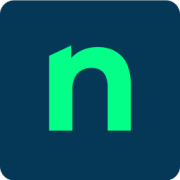
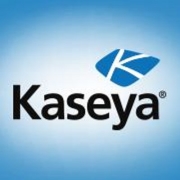
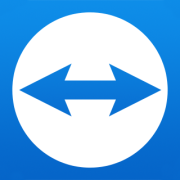
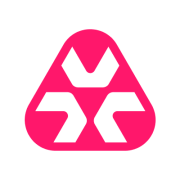
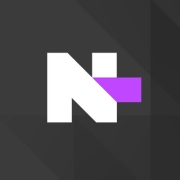

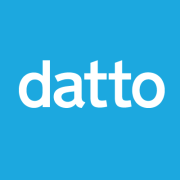
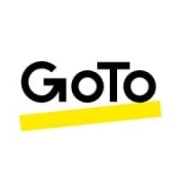
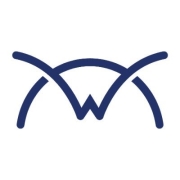


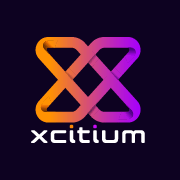
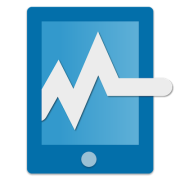
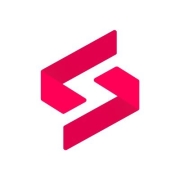
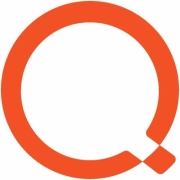
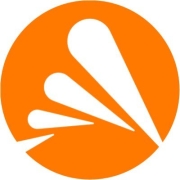


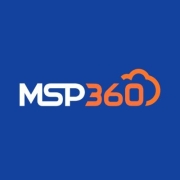

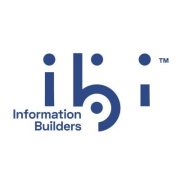

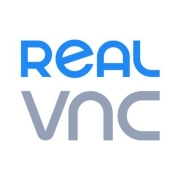






Mobile device management (MDM) is the protocol that administrators use to manage a company’s mobile devices. MDM solutions enable administrators to control every aspect of the mobile devices that members of their organization use for work. To many, there seems to be no difference between RMM and MDM. However, when one examines them carefully, one will realize that while they may be similar, they are starkly different.
MDM is a highly specific type of protocol and software. While it enables administrators to gain insights into the mobile devices that a company’s employees are using, its focus is a narrow one. RMM takes a more broad view of network health. In fact, many RMM solutions employ MDM features in their design so that they can address that particular aspect of network management. MDM is an important aspect of the RMM process. However, it is only a single facet of what can go into the RMM process. RMM is a broader category that can also include various protocols and pieces of software that allow for the management of servers and other devices that are physically connected to the organization’s networks.
PSA (professional services automation) is a class of software that enables organizations to integrate automation into their business operations. They are an all-in-one program for making automation a core part of business operations. PSA solutions enable administrators to create consistency across their networks.
Managed service providers (MSPs) are the group that uses PSA software in conjunction with RMM platforms. PSA is vital to the successful management of networks by MSPs. RMM software and platforms are the programs that do all of the tasks that MSPs are hired to accomplish. PSA software tracks all of the data that is produced by the RMM solutions as they are performing their tasks. When these two types of software are combined, they streamline the entire monitoring and management process.
RMM software solutions are the programs that administrators use to monitor and manage their networks. These are the programs that actually empower administrators to take full control of their network administration process. RMM solutions can assist IT professionals in a number of different ways:
When RMM software is deployed, the whole process of remotely maximizing the efficiency of a network becomes infinitely easier for organizations and managed service providers to handle.
The price of an RMM solution is variable and can be impacted by many different factors. These factors can include:
RMM software enhances IT security by providing real-time monitoring and comprehensive control over all connected devices within a network. It proactively identifies vulnerabilities and potential threats, allowing you to address issues before they become serious problems. Regular patches and updates are automatically deployed, ensuring systems are protected against the latest threats. RMM tools also offer detailed reporting features, enabling you to track security status and compliance effectively.
What are the key features of effective RMM solutions?Effective RMM solutions typically include features such as automated monitoring, remote access, patch management, reporting and analytics, and device management. Automated monitoring allows you to track performance metrics and identify issues promptly. Remote access lets you troubleshoot and resolve problems without being on-site. Patch management ensures your systems are up-to-date with the latest software versions. Comprehensive reporting and analytics help you make data-driven decisions. Additionally, device management ensures efficient control over all hardware and software assets.
Can RMM solutions reduce downtime for businesses?RMM solutions significantly reduce downtime by enabling continuous monitoring and immediate response to potential issues. By identifying issues early, before they escalate into severe problems, downtime is minimized. RMM software allows you to fix problems remotely, often before the user is even aware of them. Scheduled maintenance and automated updates help ensure systems run smoothly and efficiently, further reducing the risk of unexpected downtime.
How do RMM solutions improve operational efficiency?RMM solutions improve operational efficiency by automating routine monitoring and maintenance tasks, freeing up IT professionals to focus on higher-value activities. With centralized control, you can manage multiple devices and systems from one platform, reducing the need for manual intervention. Automation allows for effective allocation of resources, while remote capabilities ensure IT staff can manage issues regardless of location. This leads to faster response times, improved productivity, and cost savings.
Are RMM solutions suitable for small businesses?RMM solutions are suitable for small businesses as they offer scalable and cost-effective ways to manage IT infrastructure. These solutions reduce the need for in-house IT staff by providing remote support and automatic monitoring. Small businesses benefit from enhanced security, increased uptime, and operational efficiency without significant investment in hardware or personnel. RMM tools can adapt as your business grows, making them a flexible choice for small and medium-sized enterprises looking to streamline their IT operations.